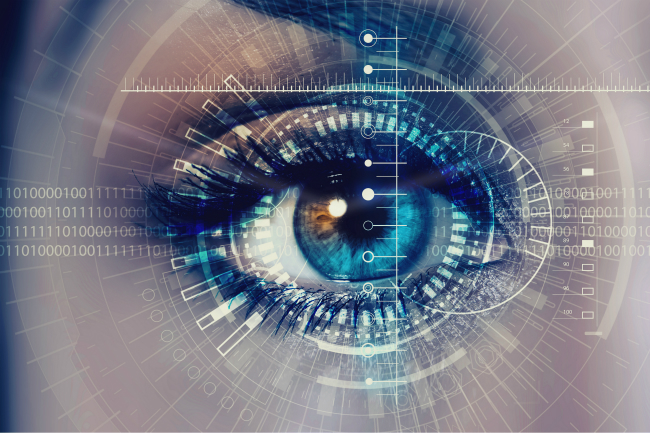It’s often said that the eyes are the window to the soul. It turns out, they’re also a window to your health.
Many diseases that affect the body show up first in the eyes. In fact, certain diseases are often first detected during an eye exam. A study conducted by a vision care company in 2013 found that an eye exam was the first indicator of diabetes in 34 percent of cases, the first indicator of high blood pressure in 39 percent of cases, and the first indicator of high cholesterol in 62 percent of cases. You read that right — 62 percent of cases!
So what is your eye doctor looking for, aside from conditions of the eye? Here’s a look at what he or she may spot during your eye exam.
• If you have bug eyes, you may have Grave’s disease. This condition is an autoimmune disorder that leads to an overactive thyroid. Many people with Grave’s disease have problems with their eyes, including eyes that seem to be bulging (aka bug eyes), irritated, teary eyes, and double vision.
• If you have a sore on the eyelid that doesn’t heal, you may have basal cell carcinoma. This type of skin cancer can appear anywhere on the body, including the eye area. It’s important to seek prompt treatment if a basal cell carcinoma is suspected around the eye, as it can spread to the brain if left untreated.
• If you have a thin gray or white line around your cornea, you may have high cholesterol or high triglycerides. This condition is known as corneal arcus, a deposit of cholesterol in the eye itself. In addition, patients with high cholesterol may have yellow bumps on their eyelids, which is also accumulated cholesterol.
• If you have droopy eyelids, you may have myasthenia gravis (MG). This autoimmune condition causes muscles to weaken. Patients with ocular MG primarily experience symptoms affecting the eyes, including weakened eye muscles.
• If you have red blotches on the whites of the eyes, you may have high blood pressure. High blood pressure can cause blood vessels in the eye to enlarge or burst, leaving those tell-tale red marks.
• If you have hemorrhaging from the retina and yellow marks in the eyes, you may have diabetes. The yellow marks are deposits of blood fats, also known as lipids. Both of these symptoms are indicators of diabetic retinopathy, which typically affects both eyes.
It’s important to note that you may not have these medical conditions even if you experience these symptoms. Like with other areas of the body, symptoms can often be caused by any number of conditions that aren’t as serious.
So do you need an eye exam? The American Academy of Ophthalmology recommends that people without a need for vision correction have an eye exam at age 40. If you have eye conditions or a need for vision correction, earlier eye exams will be necessary. Once you’ve had a baseline exam, your doctor will advise how often you should be seen.
Does your ophthalmologist suspect you have a medical condition? Talk with your doctor. Find one here.







